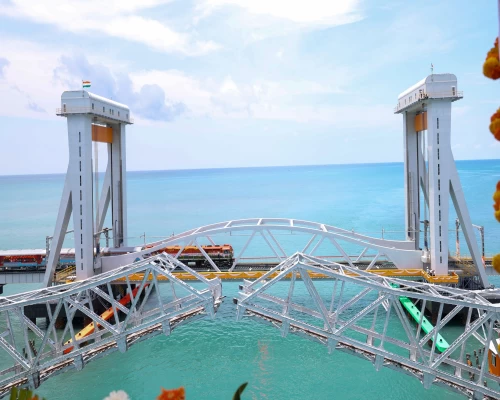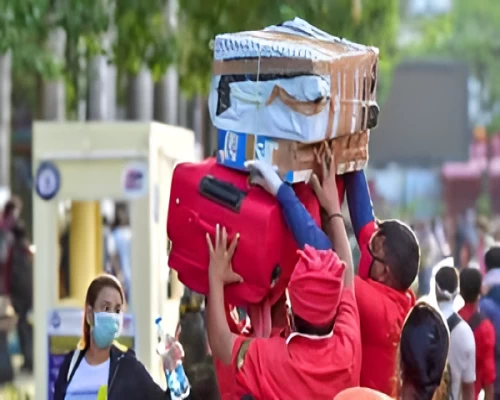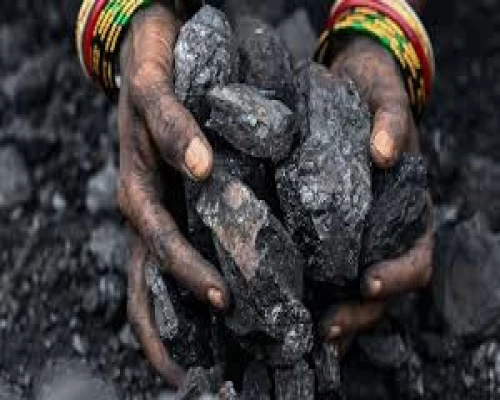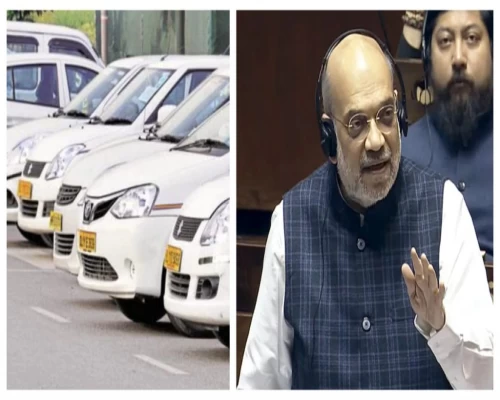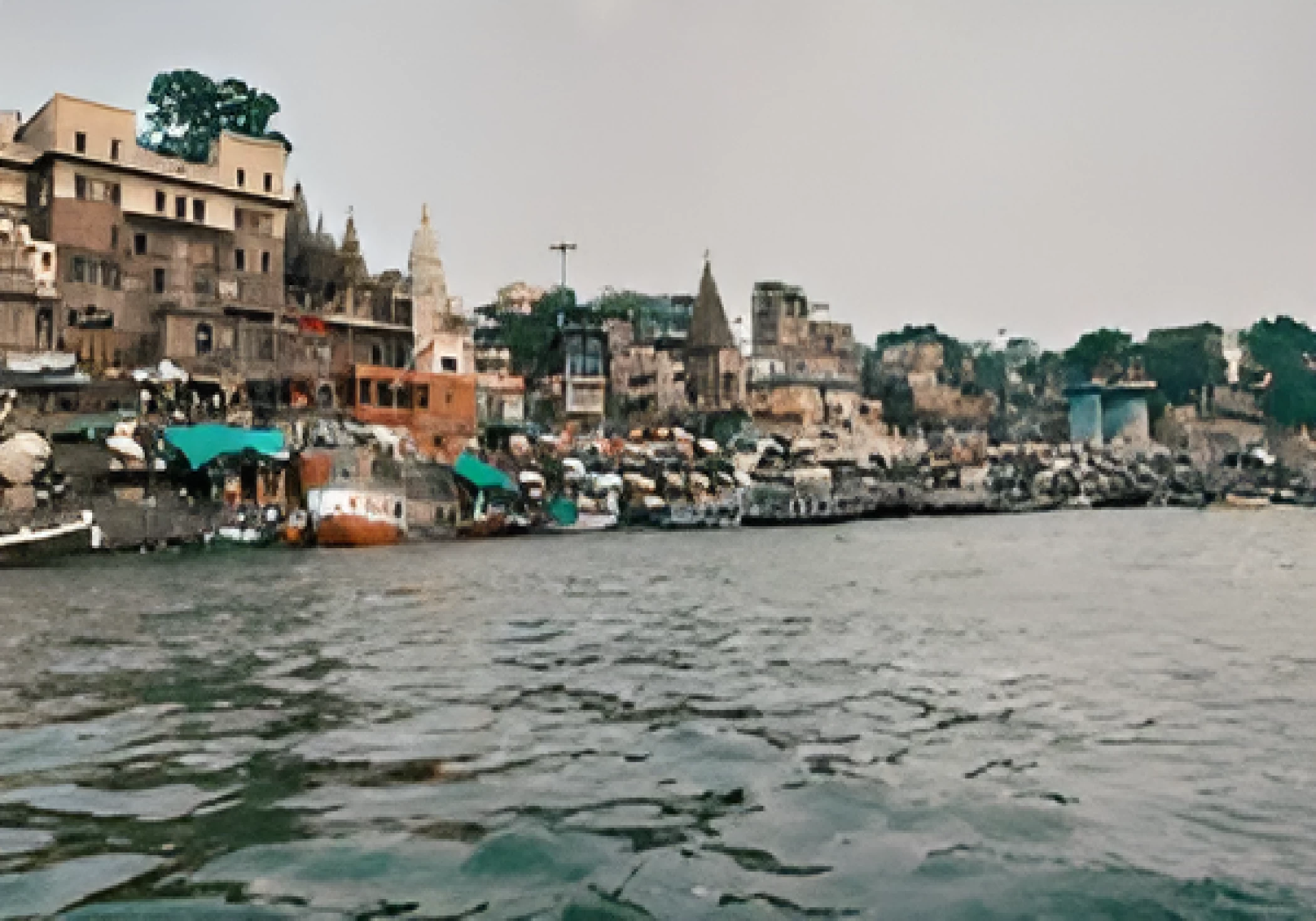
New Delhi: In a significant push towards restoring the health of the Ganga and its tributaries, the 61st Executive Committee meeting of the National Mission for Clean Ganga (NMCG), chaired by Shri Rajeev Kumar Mital, Director-General NMCG, approved several pivotal projects aimed at reducing pollution, improving sewage management, and enhancing biodiversity initiatives. These decisions mark a crucial stride towards achieving the mission’s overarching objectives of river rejuvenation, sustainable development, and the preservation of the ecological and cultural legacy of the Ganga.
One of the most notable approvals was the sanctioning of sewerage projects exceeding ₹900 crore, targeting critical areas to intercept and treat untreated waste before it enters river systems. Among these, a comprehensive project in Moradabad, Uttar Pradesh, for the prevention of pollution in the Ramganga River was approved with an estimated cost of ₹409.93 crore. The project involves the construction of modern sewage treatment plants (STPs) with capacities of 15 MLD in Zone-3 and 65 MLD in Zone-4, along with the interception and diversion of five major drains, aiming to significantly curb pollution in the Ramganga.
Further strengthening these efforts, an ambitious project for Arrah town in Bihar, estimated at ₹328.29 crore, received approval. This project includes the construction of a state-of-the-art 47 MLD STP and a 19.5-kilometre sewer network, developed under the Hybrid Annuity Model. By addressing the city’s sewage issues and ensuring the maintenance of infrastructure for 15 years, this initiative is expected to provide a sustainable solution to pollution in the region and contribute to cleaner water in the Ganga.
In Kanpur, Uttar Pradesh, the committee approved an impactful project aimed at intercepting and diverting 14 untapped drains discharging directly into the river. With a total estimated cost of ₹138.11 crore, this initiative will introduce new sewage pumping stations and manholes, ensuring that sewage is routed to treatment facilities rather than polluting the waterway, thus significantly improving the city’s drainage and sanitation systems.
The efforts extend beyond major cities to smaller municipalities, with the committee approving a project in Pujali Municipality, West Bengal, for the establishment of an integrated faecal sludge treatment plant. The facility, with an 8 KLD capacity and a project cost of ₹5.96 crore, will enhance urban sanitation and protect local water bodies from contamination, aligning with the goals of the Namami Gange programme.
Innovative solutions were also brought to the forefront, as the committee sanctioned a pilot nature-based project for the rejuvenation of the Yamuna in the national capital. CAMUS-SBT (Continuous Advanced Mite Utilising System – Soil-Based Treatment) plants, with a combined capacity of 5 MLD, will be installed at the Shahdara drain. This project aims to meet the water quality standards mandated by the National Green Tribunal and demonstrates the commitment to adopting advanced, eco-friendly technologies in river restoration efforts.
Furthering research and international collaboration, the committee approved the establishment of the NMCG-IIT Delhi-Dutch Collaboratory for Intelligent River Systems and Clean Yamuna (IND-RIVERS). This centre of excellence, part of the India-Netherlands Water Strategic Partnership, will bring together academia, government, and international expertise to develop action-oriented research and practical solutions for urban river challenges, focusing particularly on sustainable and nature-based approaches.
Adding to the preservation of cultural heritage, the committee also approved a project to study and document the traditional wooden boat-making craft that has flourished for centuries in the Ganga basin. This initiative will help conserve an important aspect of riverine culture and history.
In a move to enhance environmental education and skill development, the committee sanctioned the development of DDA Biodiversity Parks as knowledge cum-skill development centres for the National Mission for Clean Ganga. With a total project cost of ₹8.64 crore, the initiative will see Delhi’s Yamuna Biodiversity Park serve as a knowledge partner, promoting awareness and capacity-building around biodiversity conservation and water resource management.
These collective efforts, once fully implemented, are expected to provide a major boost to the cleanliness and rejuvenation of the Ganga and its tributaries. By addressing pollution sources, improving infrastructure, supporting research and traditional knowledge, and fostering sustainable community practices, the initiatives signal a transformative step towards a cleaner, healthier, and more resilient river system for the millions who depend on it.
BI Bureau


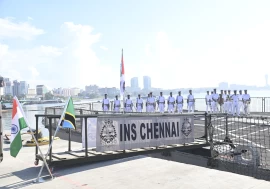

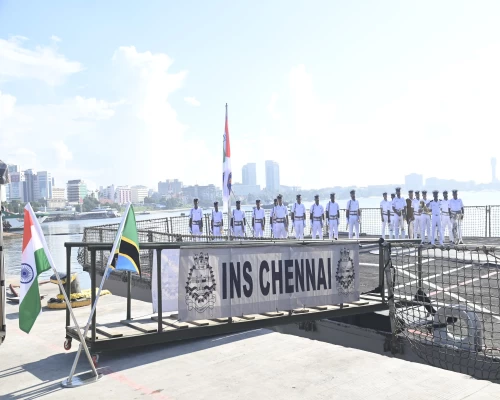
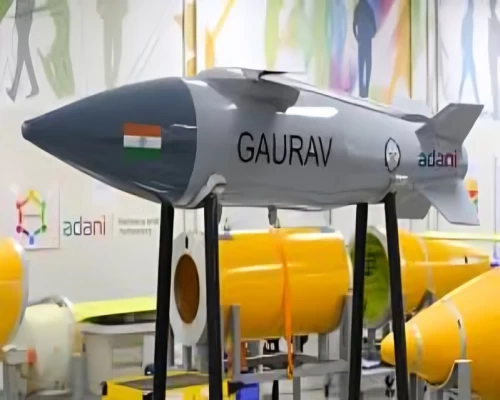
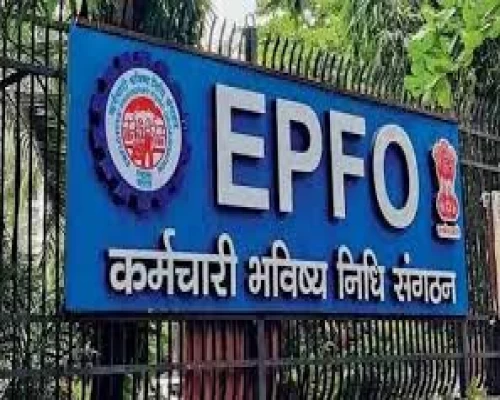
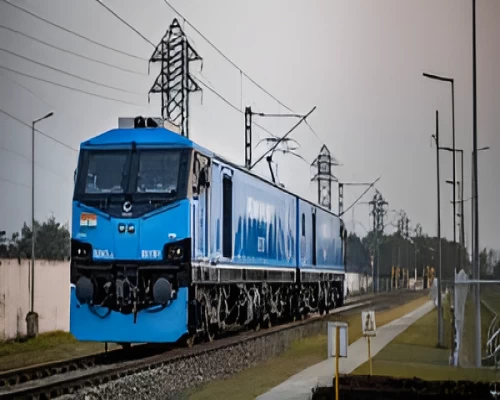
_500_x_400.webp)
